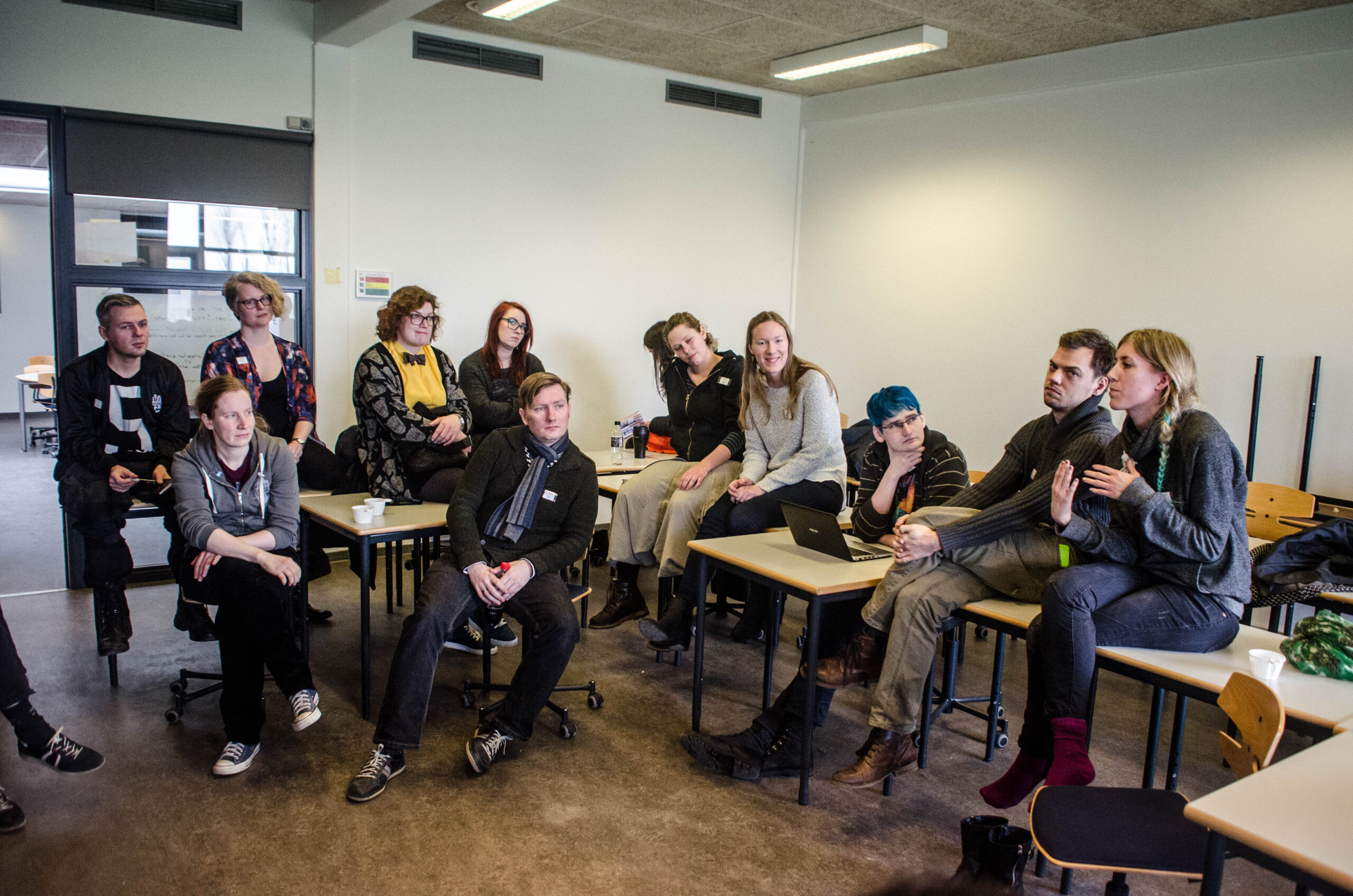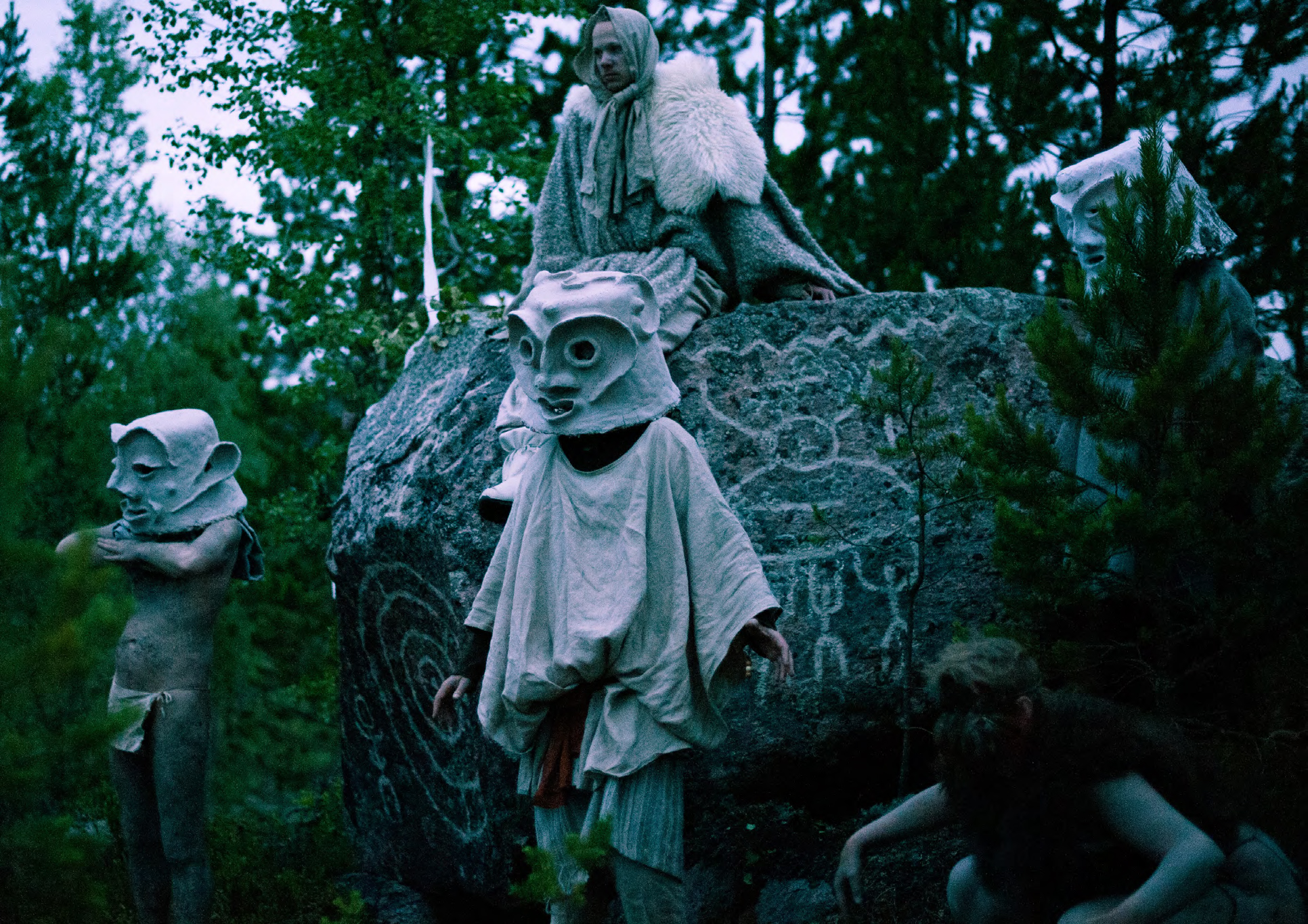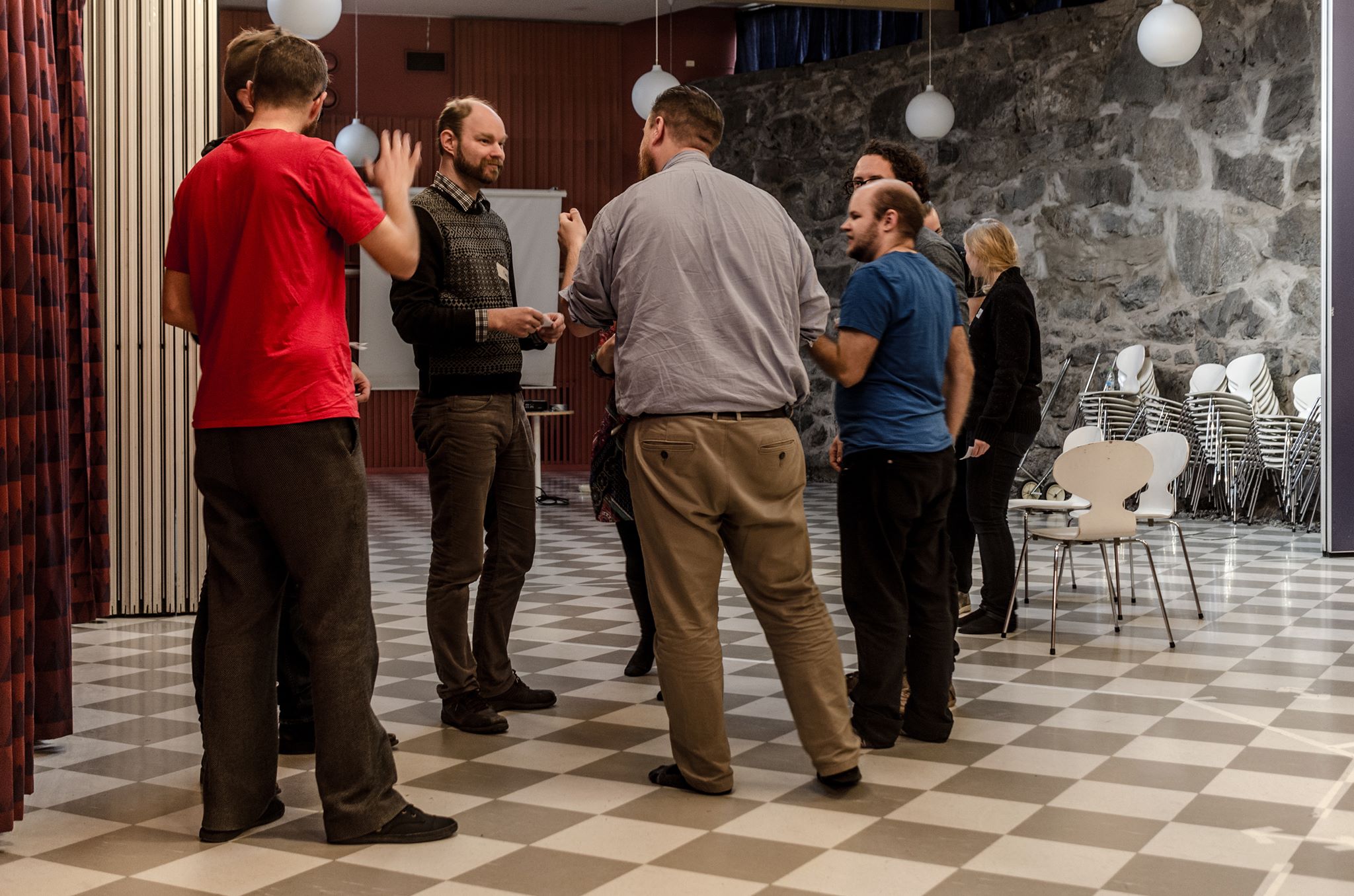Tag: Featured
-

Now That We’ve Walked the Walk – Some New Additions to the Larp Vocabulary
in
Larp is traditionally participatory in nature. Fortunately, there’s been a great introspective and analytical tradition accompanying the continuing push against the ever moving boundaries of what’s possible and what’s been attempted. Yet it seems that our vocabulary has not grown at the same rate as the art form itself. This article will attempt to cover
-

Mare Incognitum – Trapped in the Ice
The Fate of the M/S Lyckan Our story took place aboard the M/S Lyckan, a former German navy freighter with a horrific history of atrocities. A research expedition to Kirkenes in Norway had unearthed a strange statuette, which was brought on board during M/S Lyckan’s last journey out of Kirkenes for the winter. Aboard were
-

Looking at You – Larp, Documentation and Being Watched
So far, Nordic larp has produced two games that have become international news stories that all kinds of sites cannibalize and copy from each other: the Danish 2013 rerun of Panopticorp, and the Polish-Danish Harry Potter game College of Wizardry. In both cases, the attention was fueled by solid documentation and good video from the
-

Livsgäld – Fantasy with Gender Elements
Livsgäld, translated roughly as “the price you pay for your life”, was a low-fantasy larp held in November, 2014, in Halmstad, Sweden. The larp was played in Swedish, had 40 participants, three non-player characters and four organizers. The spots for the players were given out through a lottery process, where participants first signed up over…
-

Learning by Playing – Larp As a Teaching Method
in
Tell me, and I will forget.Show me and I may remember.Involve me, and I will understand. Confucius The next generation of teachers will be expected to possess a broad spectrum of competencies and skills. They are faced with a seemingly impossible task: today, classroom instruction should teach not only content but also competence. It should
-

Bleed: The Spillover Between Player and Character
in
Participants often engage in role-playing in order to step inside the shoes of another person in a fictional reality that they consider “consequence-free.” However, role-players sometimes experience moments where their real life feelings, thoughts, relationships, and physical states spill over into their characters’ and vice versa. In role-playing studies, we call this phenomenon bleed.((Markus Montola,
-

Last Will – Make Us Your Slaves, but Feed Us
In the end they will lay their freedom at our feet, and say to us, “ Make us your slaves, but feed us. Last Will is a larp on the subject of a fading human dignity in a world run by money and consumption in which people can be bought and sold as commodities. The
-

Ingame or Offgame? Towards a Typology of Frame Switching Between In-character and Out-of-character
in
For the Moscow and St. Petersburg larp communities, continuous immersion into the game and into the character seems to be the central point of the larp process. Larp rules proclaim continuity of game, and players generally disapprove one’s going out of the character while playing. This attitude is, however, more declarative than a reflection of
-

KoiKoi – Drums! Rituals! Inaction!
In July of 2014 we invited 75 players from around the Nordic countries to a wilderness camp in Finnskogen, Norway, in order to give life to a fictive hunter-gatherer society. For four days and three nights they sang, slept, woke, wept, ate, drank, drummed, flirted, chanted, and performed the ceremonies as men, women and nuk
-

Infinite Firing Squads: The Evolution of The Tribunal
I accidentally created a hit, and have ever since been wondering why. I have had success with several mini-larps over the years, such as A Serpent of Ash (2006) and Prayers on a Porcelain Altar (2007), both of which keep getting the occasional rerun here and there. The Tribunal, however, is something else. It has